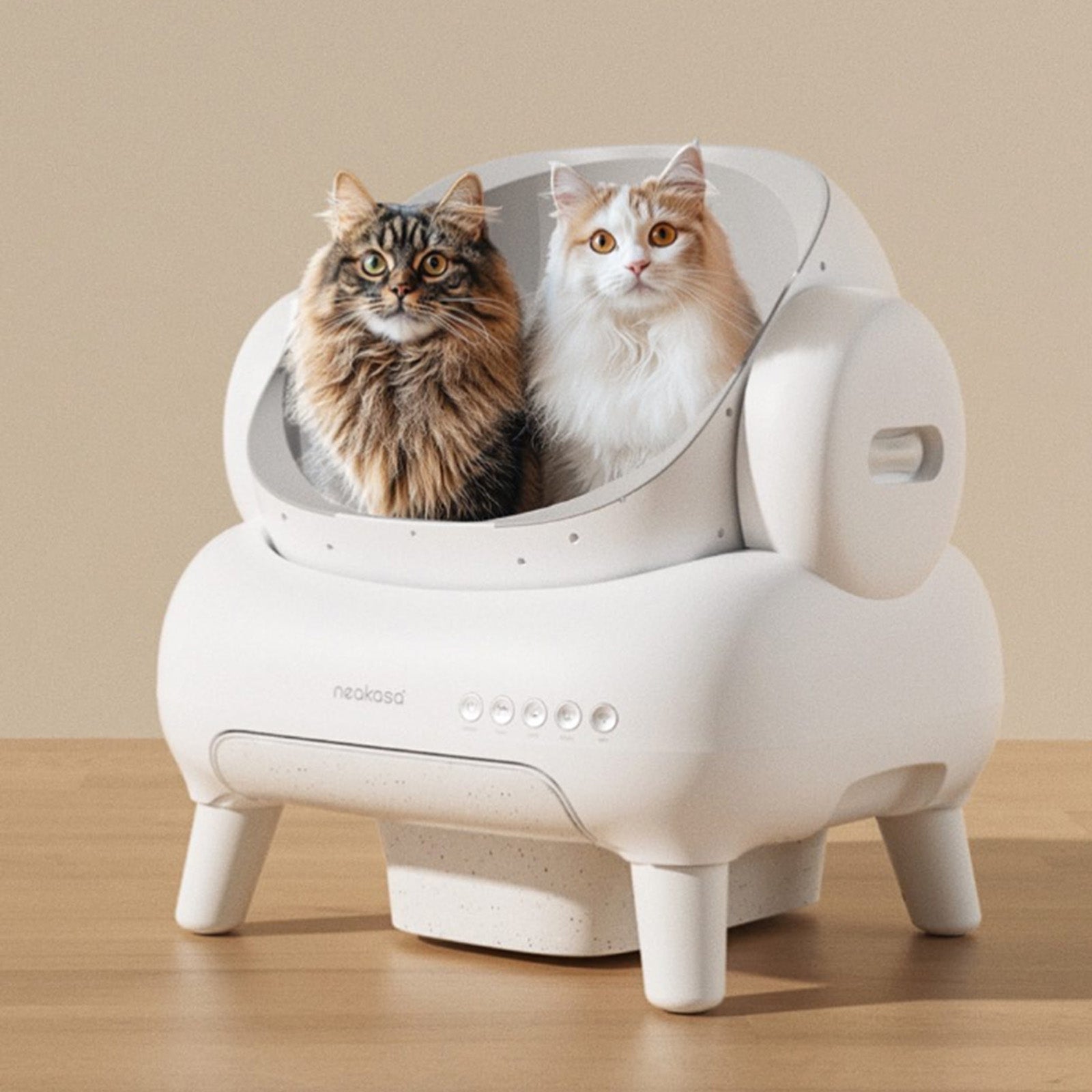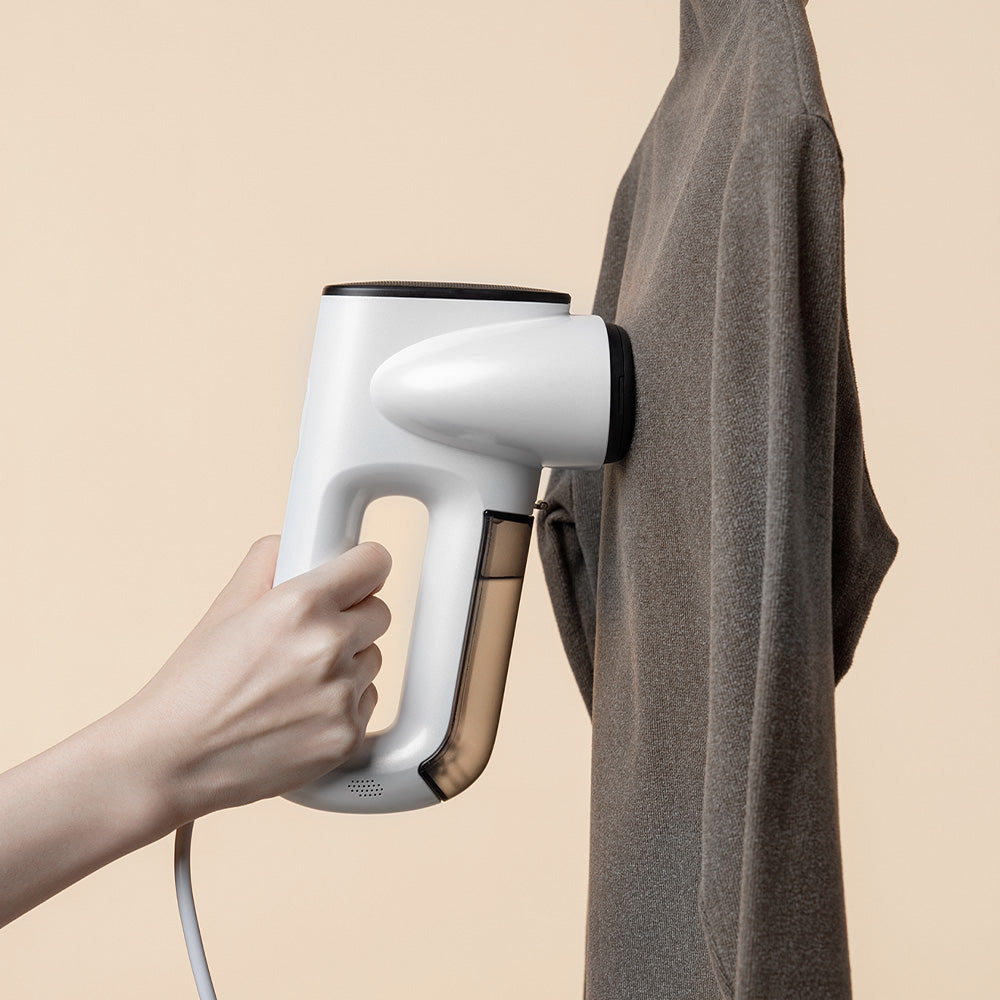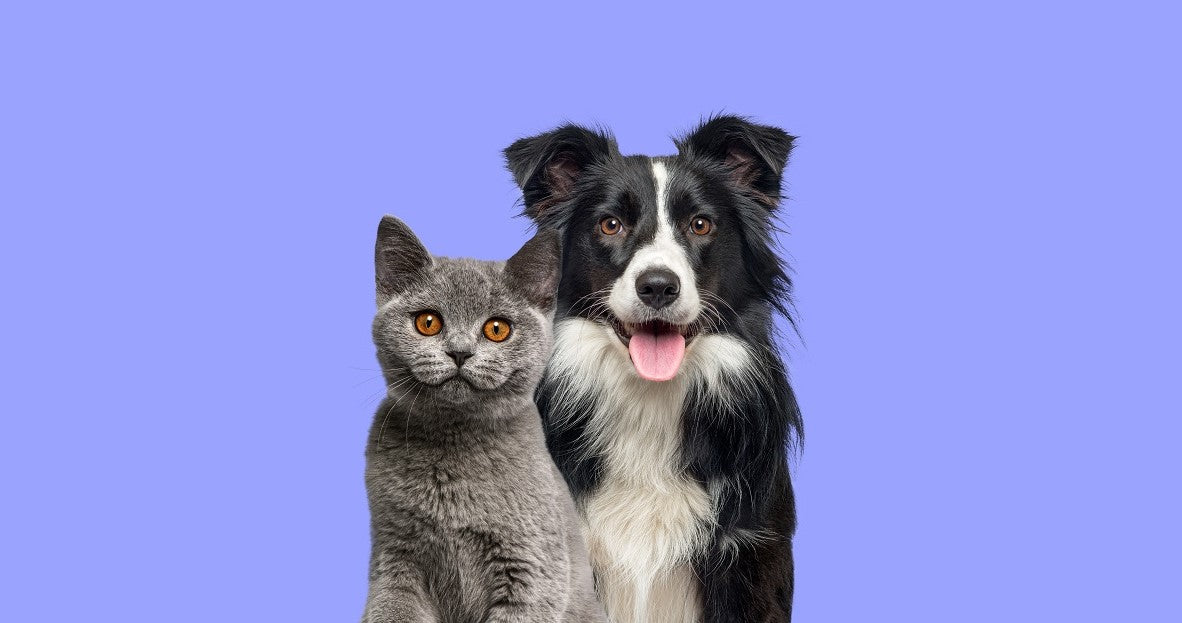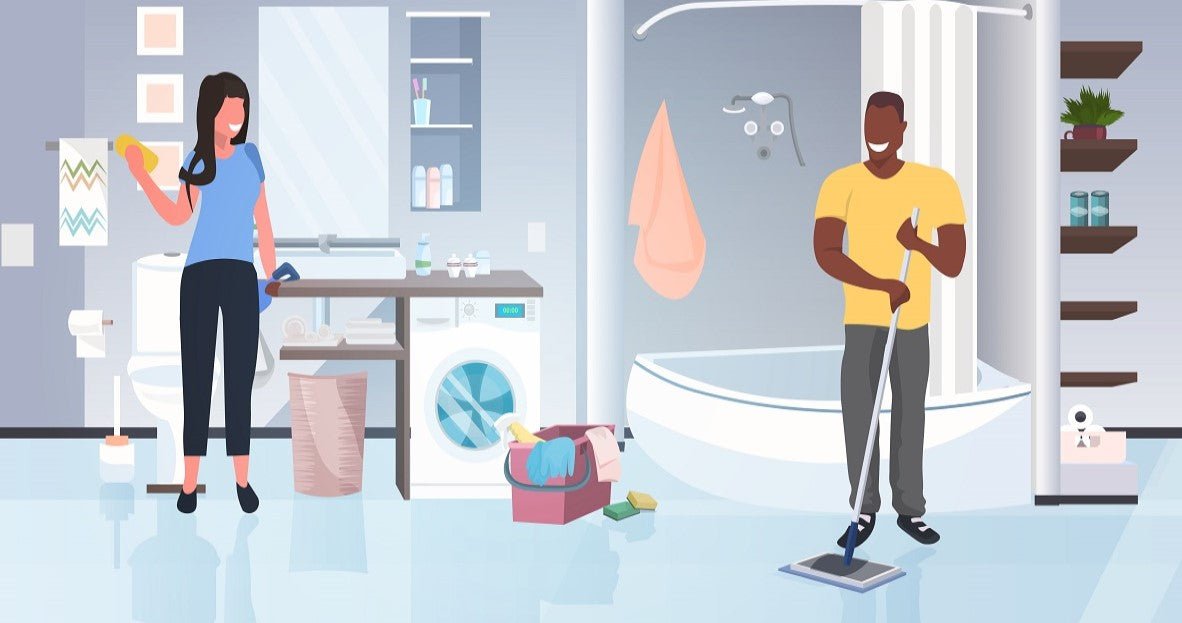Do cats and dogs get along? Many people will say that cats and dogs don't get along and fight when they meet. In fact, this statement is not groundless. The feud between cats and dogs is mainly due to the huge differences in their living habits and emotional expressions.
For example, a cat makes a purring sound in its throat, which is a sign of a happy mood; and this sound is another signal in the language world of dogs: threatening to intimidate each other-intolerable. Dogs wag their tails when they are happy; cats see the opposite - doing so is a sign of annoyance and anger. So how to get cats and dogs to get along?

Introducing a dog to a cat can be tricky, especially if the dog has never been around cats before. Raising the two animals slowly and carefully is essential to avoid negative interactions or injuries. Cats and dogs can get along, but it depends on the individual animals and their personalities. With proper introduction, training, and supervision, many cats and dogs can form positive relationships and coexist peacefully in the same household.
In this article, we’ll go over some tips and tricks for introducing a dog to a cat successfully:
Choose the Right Time to Introduce Them
The first step in introducing a dog to a cat is to choose the right time to do it. Teaching them when both animals are calm and relaxed is best. This could be early in the morning after they have both had a good night's sleep or after they have both exercised and have burned off some energy.
Prepare the Environment
Before introducing the dog and cat, prepare the environment to make it as safe and comfortable as possible for both animals. Ensure the cat has a safe place to retreat if threatened, such as a high shelf or a separate room. You should also ensure the dog cannot access the cat's food, litter box, or other essential resources.

Keep Them Separated at First
When bringing the dog home, separating them from the cat for a few days or weeks is best. This will allow both animals to get used to each other's presence without any direct interaction. During this time, you can let them sniff each other's belongings, such as toys or bedding, to get used to each other's scents.
Use a Barrier
When you're ready to introduce the dog to a cat, it's a good idea to use a barrier, such as a baby gate or a screen door, to separate them. This will allow them to see and smell each other without direct contact. If either animal shows signs of stress or aggression, you should separate them immediately and try again later.
Keep the Interactions Short
When you're ready to let the dogs that get along with cats, keep the interactions short and supervised. Start by letting them sniff each other through the barrier, then gradually allow them to spend more time together. If any animal shows aggression, separate them right away.
Reward Good Behavior

Whenever the dog and cat interact peacefully, you should reward them with treats and praise. This will help reinforce positive behavior and make the experience more enjoyable for both animals.
Gradually Increase Contact
Train the Dog
Be Patient

Dogs that get along with cats
Golden Retriever
Labrador Retriever
Bichon Frise
Cavalier King Charles Spaniel
Poodle
Boxer
Beagle
Of course, every dog is an individual, so it's essential to consider each dog's personality and behavior when introducing them to a cat. Regardless of the breed, proper introduction and training can go a long way in creating a positive relationship between dogs and cats.

In Conclusion
Introducing a dog to a cat can be challenging, but it can be done successfully with the proper preparation and approach. You need to take things slowly and be patient. Following the tips outlined in this article can help ensure a smooth and positive introduction for both animals.








Leave a comment
This site is protected by hCaptcha and the hCaptcha Privacy Policy and Terms of Service apply.